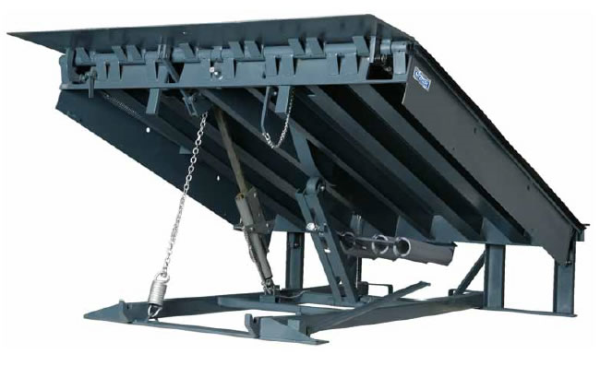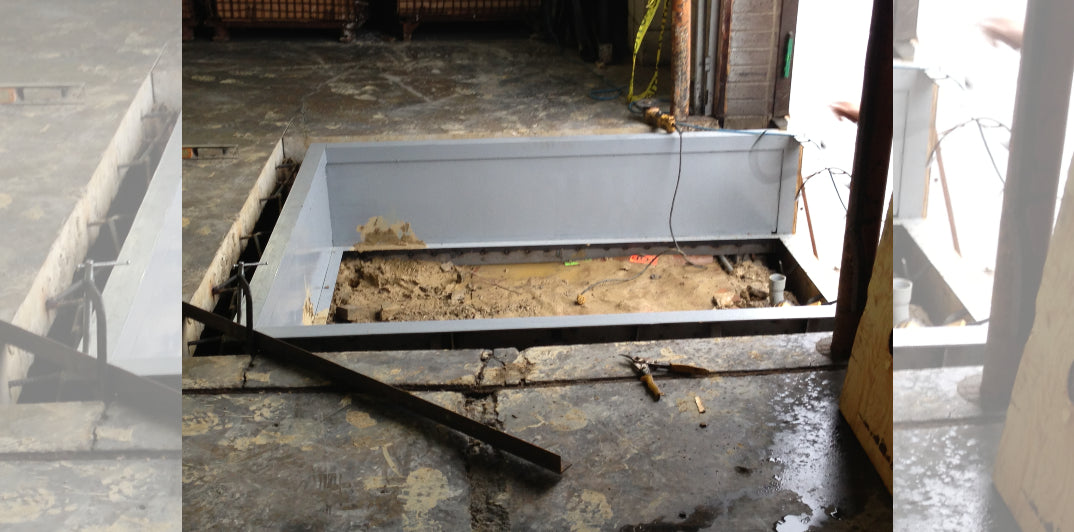Efficient Dock Repair Service Techniques: Making Sure Architectural Integrity
Guaranteeing the structural integrity of docks via reliable fixing strategies is extremely important for the durability and security of marine facilities. This involves a multi-faceted strategy beginning with detailed assessments utilizing sophisticated modern technologies like finder devices and remotely ran automobiles (ROVs) to find both visible and concealed problems. Subsequently, selecting the appropriate fixing materials, such as composite products and corrosion-resistant alloys, is critical for longevity. Architectural support approaches, including the implementation of cross-bracing systems and load-distribution plates, play an essential function in mitigating stress factors. Nevertheless, the significance of these strategies becomes noticeable when checking out advanced repair service methods and preventative upkeep techniques.
Evaluating Dock Damages
Analyzing dock damage is a critical very first action in making certain the structural honesty and safety and security of any type of docking center. This first evaluation involves a detailed examination to recognize both visible and concealed problems. Key aspects to analyze consist of the dock's structure, pilings, outdoor decking, and hardware. Each part must be inspected for indications of wear, rot, rust, or various other types of destruction that can jeopardize the architectural honesty.
Architectural designers or qualified examiners usually carry out these evaluations using specialized strategies and devices. Undersea examinations may employ sonar tools or from another location operated automobiles (ROVs) to detect submerged damages. Above water, aesthetic examinations are matched by utilizing moisture meters and various other analysis devices to discover underlying issues not immediately noticeable to the naked eye.

Finding Fixing Materials
Selecting the ideal repair service materials is a pivotal action in the dock repair process, one that straight affects the longevity and performance of the repaired framework. Material option need to be driven by elements such as environmental problems, load-bearing requirements, and compatibility with existing dock parts.
Along with wood, composite materials are significantly popular as a result of their sturdiness and low upkeep needs. Composites, usually made from a blend of plastic and wood fibers, use outstanding resistance to rot, pests, and UV damage. For metal docks, selecting corrosion-resistant alloys such as galvanized steel or marine-grade light weight aluminum is necessary to protect against corrosion and guarantee structural integrity in saline water problems.
Epoxy materials and marine-grade sealers are crucial for repairing cracks and securing joints, supplying a waterproof obstacle and enhancing the dock's overall stamina. By meticulously picking top notch materials, dock repair services can attain lasting results, consequently safeguarding against future degradation and making sure secure, dependable use.
Structural Reinforcement Methods
Efficient structural reinforcement strategies are critical in ensuring the security and durability of dock repair services. This technique is especially effective for anchors revealed to hefty tons or harsh ecological problems.
One more important technique is the application of fiber-reinforced polymers (FRP) These products supply high strength-to-weight proportions and exceptional resistance to corrosion, making them ideal for reinforcing concrete or wooden anchors. FRP can be used in sheets or strips and adhered with epoxy resins to boost architectural stability.
Supporting and securing systems also play an important role in structural reinforcement. Cross-bracing, making use of metal or wood beam of lights, can counteract side forces, reducing guiding and movement. Securing systems, such as helical piers or driven piles, give a secure structure by moving tons to much deeper, a lot more stable soil layers.
Lastly, the assimilation of load-distribution plates can help disperse weight much more equally across the dock's surface, minimizing localized tension factors. These techniques collectively make sure that anchors remain risk-free and durable, capable of holding up against the rigors of their functional environment.
Advanced Repair Work Approaches

One more sophisticated method includes undersea welding, which enables repairs to be performed without the demand to dewater the location. This approach is specifically useful for addressing architectural problems in immersed dock components, ensuring minimal disturbance to procedures. Improved welding methods, combined with robotic systems, supply accuracy and integrity, consequently extending the lifespan of the dock.
Additionally, cathodic defense systems are applied to avoid rust in metallic dock frameworks. By making use of sacrificial anodes or pleased present systems, these techniques properly alleviate the electrochemical procedures that result in material deterioration.
Last but not least, advanced monitoring modern technologies, such as structural health surveillance (SHM) systems, offer real-time data on the problem of dock structures. These systems make it possible for positive maintenance Dock Repairs and prompt interventions, inevitably guaranteeing the lasting structural integrity of the dock.
Maintenance and Avoidance
Maintenance and avoidance are essential concepts that underpin the long life and safety of dock frameworks. Regular examinations are critical, enabling early discovery of wear and tear, possible weaknesses, and ecological impacts. A positive approach, including regular checks for deterioration, rot, and structural shifts, minimizes costly repair services and prolongs the dock's operational life.
Safety nets must include applying safety finishings to steel components to defend against corrosion and using treated timber to resist decay. In addition, making sure correct drain and ventilation can protect against water build-up, which is an usual source of structural deterioration. Including top quality materials and sticking to supplier standards during construction and repair service stages also play important functions in boosting resilience.

Training personnel in dock upkeep ideal techniques makes sure constant application of safety nets. Leveraging technological breakthroughs, such as drones for examinations and sensors for real-time monitoring, can further boost maintenance initiatives. By focusing on maintenance and prevention, dock proprietors can make sure structural honesty, operational safety, and cost-effective monitoring over the dock's life expectancy.
Conclusion
Finally, preserving the structural honesty of aquatic centers demands comprehensive dock repair techniques. Extensive inspections making use of advanced devices uncover both noticeable and concealed problems, while the you can try this out selection of ideal repair work products enhances longevity. Carrying out structural reinforcement approaches addresses tension factors efficiently. Advanced repair service techniques, combined with normal upkeep methods, make sure the dock remains operational and secure under diverse ecological conditions. Embracing these methods considerably extends the life-span and performance of aquatic framework.
Guaranteeing the structural stability of docks with efficient fixing strategies is paramount for the long life and safety and security of marine centers.Picking the appropriate repair materials is a pivotal step in the dock official source restoration process, one that directly affects the long life and efficiency of the fixed framework.Effective structural reinforcement techniques are critical in ensuring the stability and long life of dock fixings. By focusing on maintenance and prevention, dock owners can ensure architectural stability, operational safety, and cost-efficient monitoring over the dock's life-span.
In final thought, maintaining the structural honesty of marine facilities demands thorough dock repair service techniques.
Comments on “Professional Insights on Long-Lasting Dock Repairs Solutions”